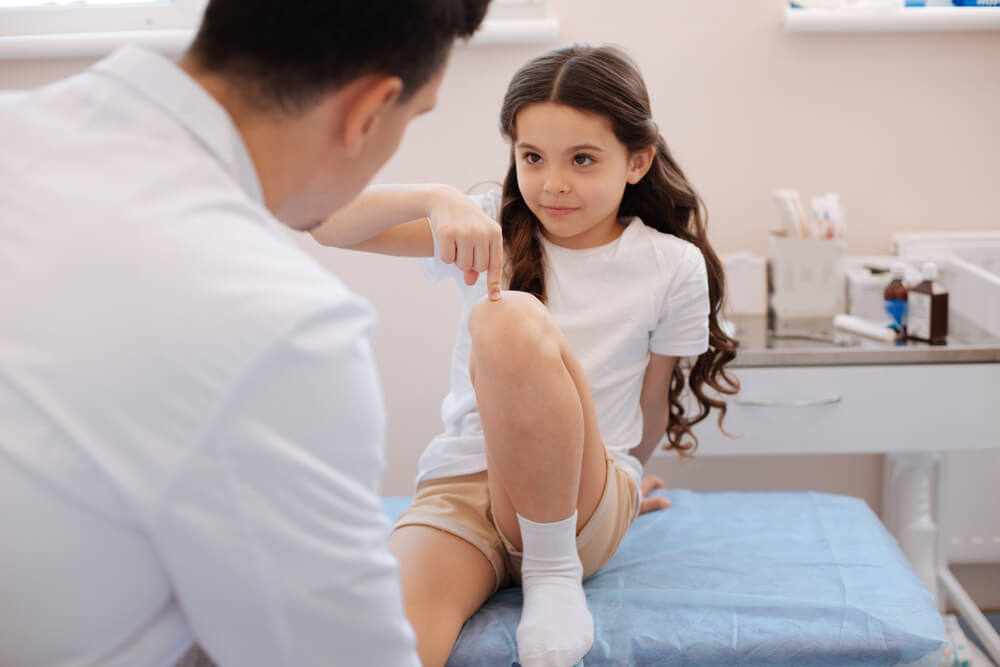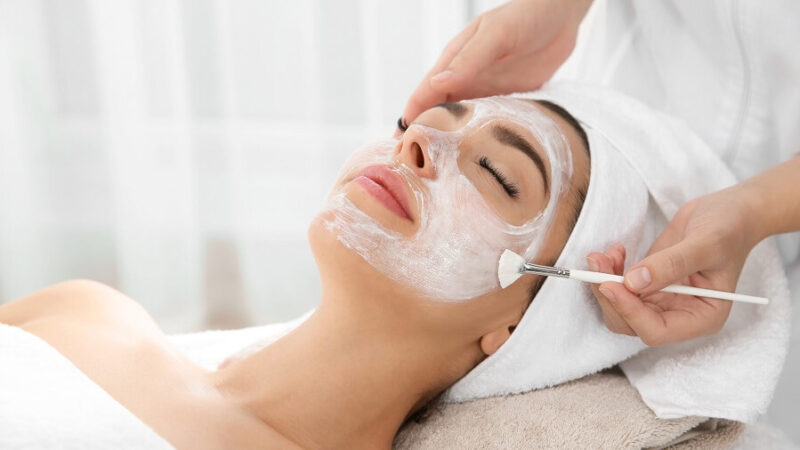When should I worry about my child’s knee pain?

Every parent’s looking for the best for their kid. Providing the best opportunity for children by ensuring they are healthy and well educated can pave the way of a bright future. However, we all know that children can be very active that they may hurt themselves. While it is true that medicine can help the child to get back on track, some conditions may need more than that. In this article, we will learn about knee pain in children and when should you be worry of it.
Before learning about knee pain, knowing a bit more about the knee can help us understand when to be worried about knee pain. Knee can be found between the femur (thigh bone) and the tibia (skin bone). The front part of the knee known as patella is the largest sesamoid bone (bone that is embedded near the joint surface) in the human body. Connective tissue such as ligaments connect the bones to each other. Cartilage cushions at the ends of bone provides cushion in between bones. Firmer kneecaps should be completed as the child reaches elementary school years.
Knee pain in children is commonly deemed to be caused by growing pains. It is common for children to complain knee pain without obvious trauma or injury predisposition. Pain can be expected when there is change in activity level or sport but with a considerable delay of the knee pain. Most common causes for knee pain in children is from overuse.
The knee joints in children are extremely sensitive to small issues such as overuse and training. One of the common knee pain is the anterior knee pain. The pain develops when the kneecap does not move properly or rubs against the lower part of the thigh bone. Pressure may pull the kneecap sideways out of the grove which leads to the pain around the kneecap. Anterior knee pain not only be caused by overuse but may be due to imbalance in muscle supporting the knee joint, poor flexibility, alignment issues and contact injuries.
Do you know what exactly meant by “growing pains”? Growing pain is the pain caused by Osgood-Schlatter disease. This disease occurs when there is inflammation of the area below the knee where the tendon from the kneecap attaches to the tibia. The cause of the disease is the stress and load from sports or physical activities placed on the knee tendon and into the growth plate. Thus the growth plate will become painful and swelling. Growth plate is a layer of cartilage at the end bone that allows bone growth. Growth plate is vulnerable, making it unable to withstand high force or load exposed to. Osgood-Schlatter disease will stop as the bone stops growing which is around the age 14 to 18 years old.
It is understandable that knee pain in children can cause worries. However, knowing that pain such as anterior knee pain and Osgood-Schlatter disease can be a normal occurrence, knowing when to really be worried of the knee pain can make a huge difference for the outcome in children experiencing it. Below are signs that you should be worry of knee pain in children:
● Kneecap feels as if out of place
● Weak knee and unable to support body weight
● Knee that unable to move in full motion as usual
● Presence of popping or clicking sound
● Knee pain that occur without injury or hurts during/after an activity
● Knee in “locked” position or seem stuck unable to move at all
● Swelling of the knee with or without injury
When there are any of these signs as mentioned, it is best to get the child checked by doctors. Otherwise, knee pain that is caused by overuse can be treated at home by applying the RICE method. This includes to ensure the child rests the injured limb, place ice packs on the knee to reduce pain and swelling, compress the knee by wrapping the knee in elastic bandage and elevate the knee.
To prevent knee pain from overuse, it is important to ensure the child has already done some stretching and warming up before exercising or sports. Placing ice packs onto the knees after playing can help reduce the likelihood of developing knee pain. It is also important to teach children the right way to play sports or do exercises and to wear the appropriate gear to reduce chances for injury. Practising strength training for the hips and thigh can help further protect the knees.
It can be concluded that knee pain in children can be considered a common condition. The pain in the knee can be caused by many reasons. Most cases of knee pain are from overuse. It is best to get children checked by doctors if knee pain does not go away or look severe. Treatment depends on the cause of the knee pain but in most conditions can be resolved with a non-surgery method.






